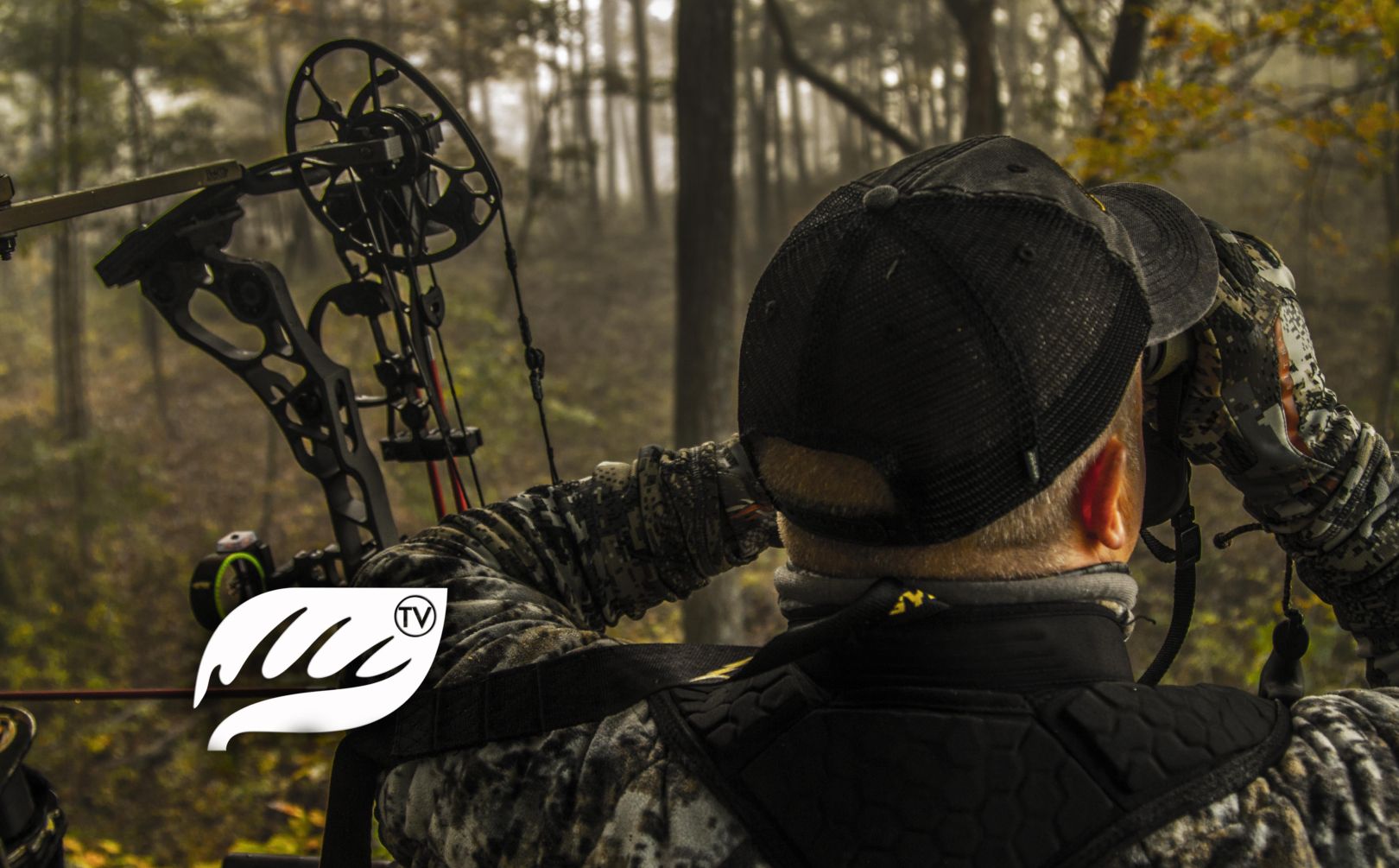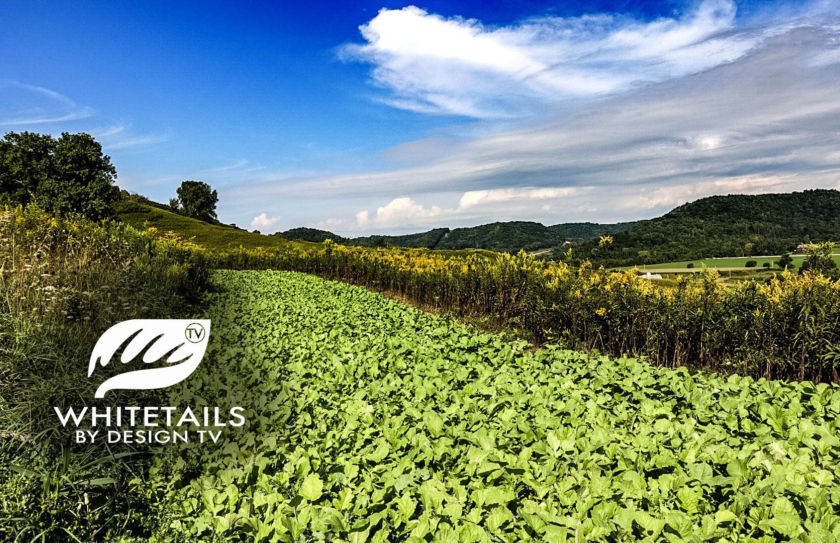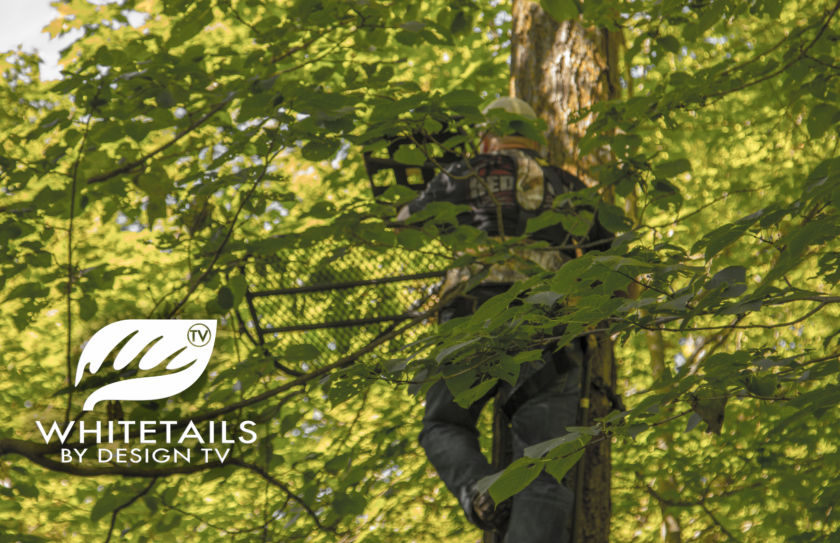
Habitat Improvements Translate to Hunting Improvements
The design has come full circle. The Summer hours spent sweaty and bug bitten have not been in vain. The combination of stands set on this ridge top focus on several habitat improvements intended to create predictable deer movement patterns. A waterhole, mock scrape, and food plot were thoughtfully crafted to compliment each of the three tree stands placed to accommodate different access routes, wind directions, and evening or morning sits. On our first morning in the woods, we encountered deer using these habitat improvements the way we counted on them to and it was absolutely no surprise. The rewards of Summer sweat can be incredible!
Whitetail Waterholes Define Deer Movement
After watching the video, it may be easy to to think, "You saw a doe and fawn... So, What?" While we didn't encounter any target bucks, it was extremely reassuring to see those deer react to the changes we have made to their habitat. If it weren't for the waterhole, they likely would have never made it into bow range that morning. The doe and fawn would have filtered into the food plot, with the wind to their advantage through a pre-existing trail on the edge of the food plot. Instead, we created a design to make sure they passed by our stand location(s).
The waterhole we added, encourages a "Pit Stop" that creates a looped pattern from their bedding area, to the waterhole, to the food plot, and eventually back to their bedding. The improvements made to this location were strategically placed within bow range to encourage movement that we can capitalize on. As the Annual Habitat Shift takes place, we can expect mature bucks to move into this area, and eventually slot into the defined movements we have created through the habitat improvements. The waterhole, mock scrape, and food plot compliment one another to offer predictable defined movements that we will utilize to our advantage as the season progresses.
Hunting Whitetail Waterholes; Things to Consider
1. Defined Deer Movement doesn't equate to more deer movement.
Although a waterhole can be useful for encouraging deer to go where you want them, it doesn't mean that more deer will move into the area. For more on understanding how to define and reinforce deer movements with waterholes, check out "Deer Waterhole Improvements 101."
2. Keep It Natural.
In areas where hunting pressure is low, deer waterholes can be as simple as a cattle tank set in an open field. But for most regions where deer experience intrusions from hunters, it is in your best interest to make things as natural as possible. Placing a water tank flush with the ground will not only save your efforts to keep the tank full by allowing runoff to fill the tank, it will be far less intrusive and natural to deer in the area. For more tips on successfully installing a waterhole, be sure to read "5 Steps to an Easy Whitetail Waterhole"
3. Location is key.
Considering where to place your waterhole is the most crucial component of potential waterhole hunting success. Simply put, don't put a waterhole in a place you can't capitalize on. Defined deer movement from waterhole should be somewhere that you can hunt and access with ease! For more information on where to put a waterhole, check out "New Whitetail Waterhole Stand Locations"
Conclusion
By defining deer movement, deer waterholes offer great locations to hunt and to hang a trail camera. As seen in the video, a few younger bucks have already visited the waterhole, and we expect that in the weeks ahead, mature bucks will begin utilizing these habitat improvements as well. Stay tuned to each episode of Whitetails By Design TV for more updates from the field!


